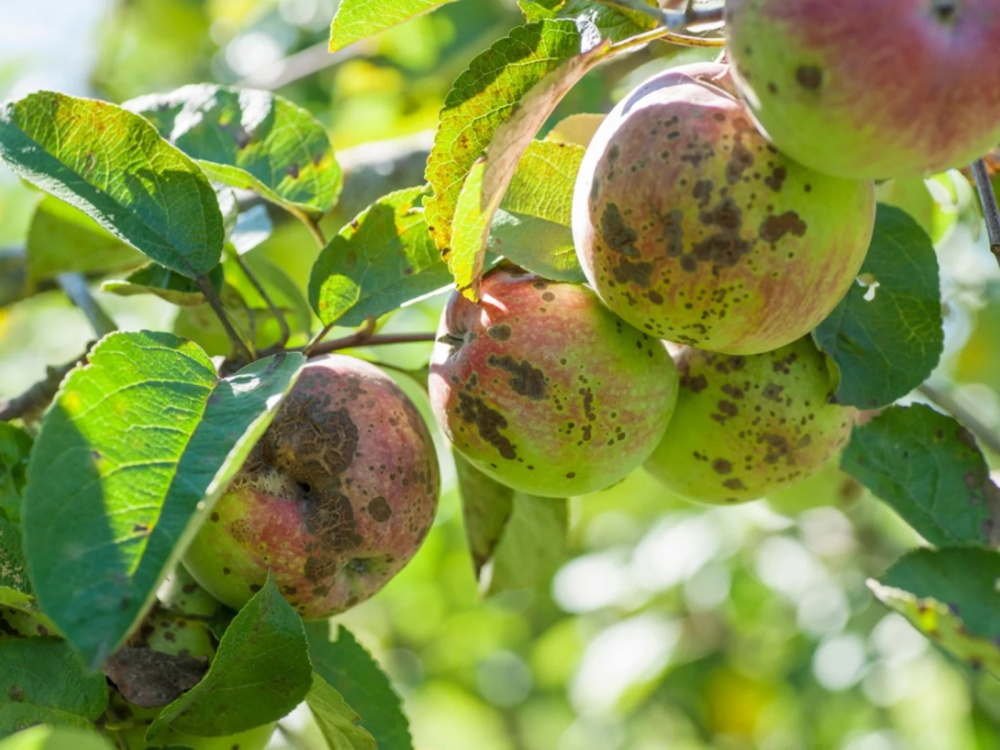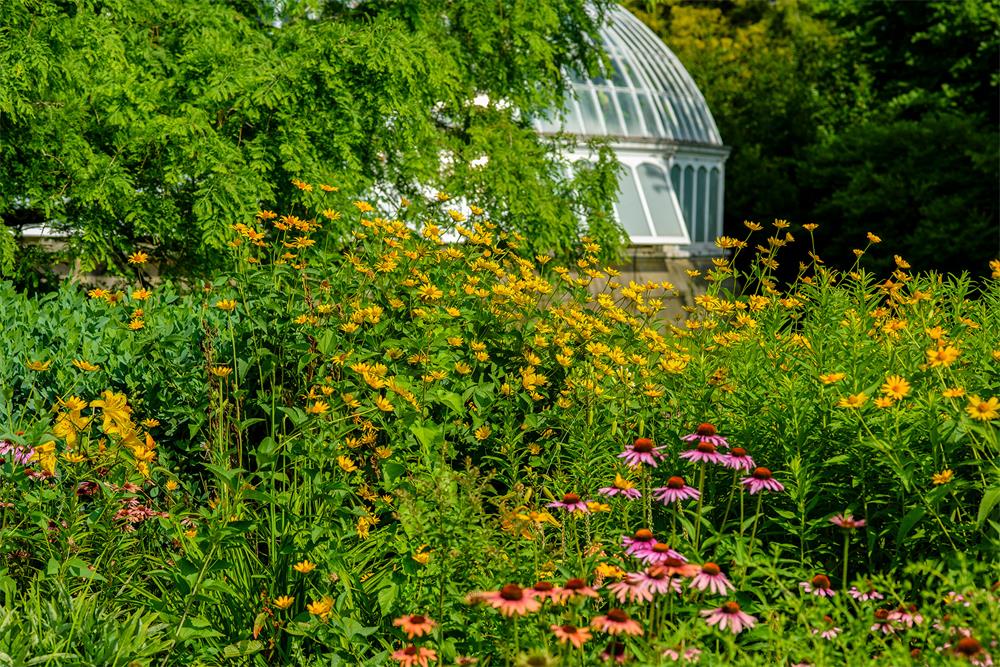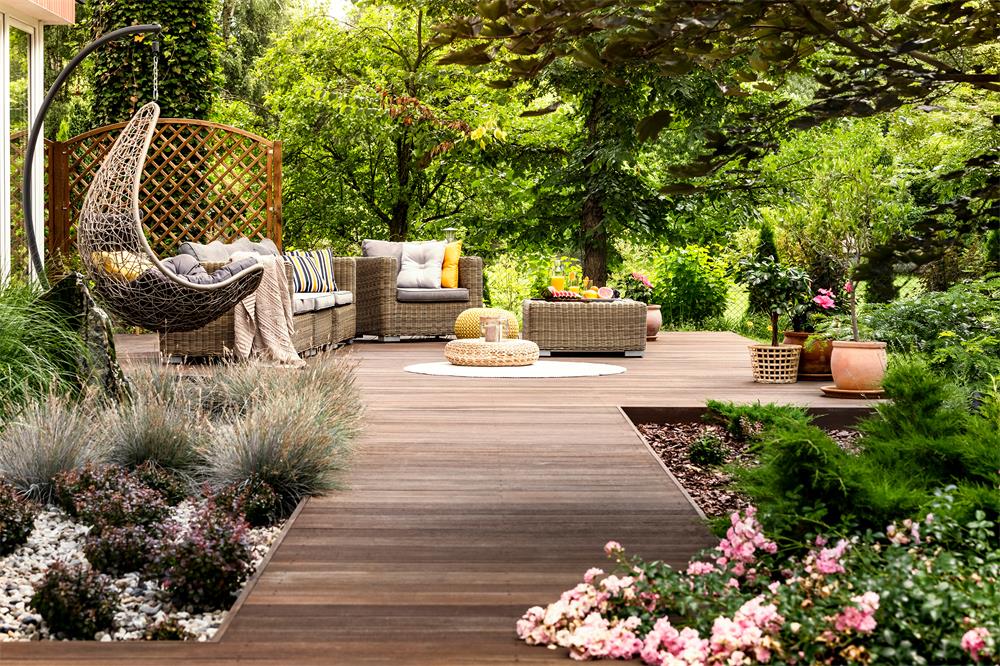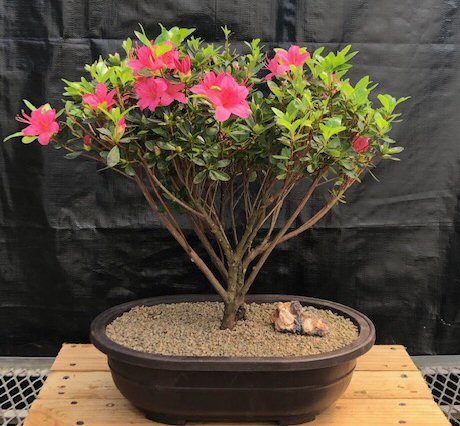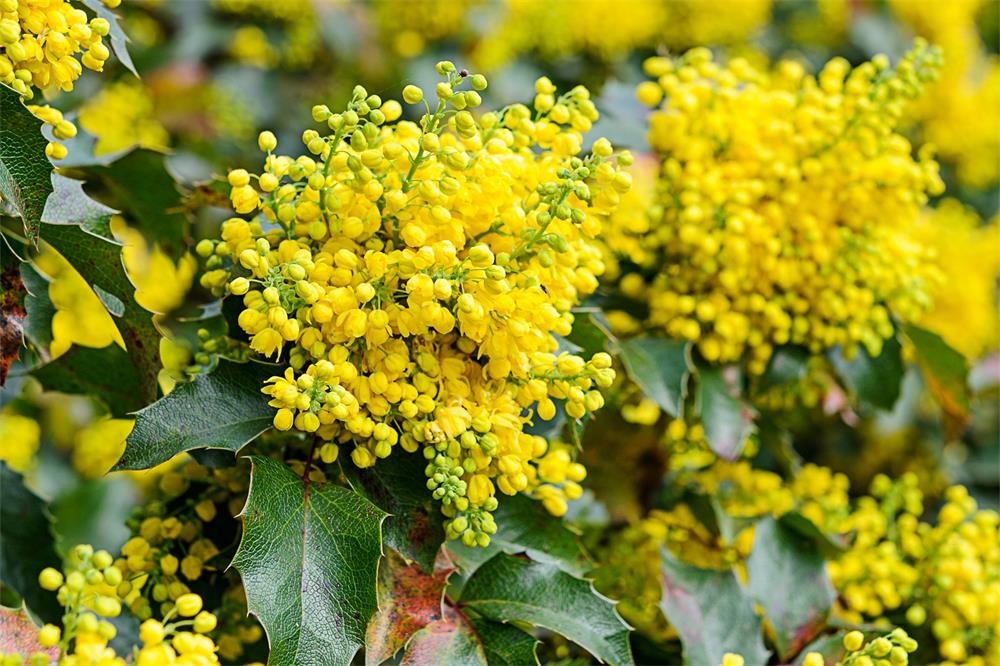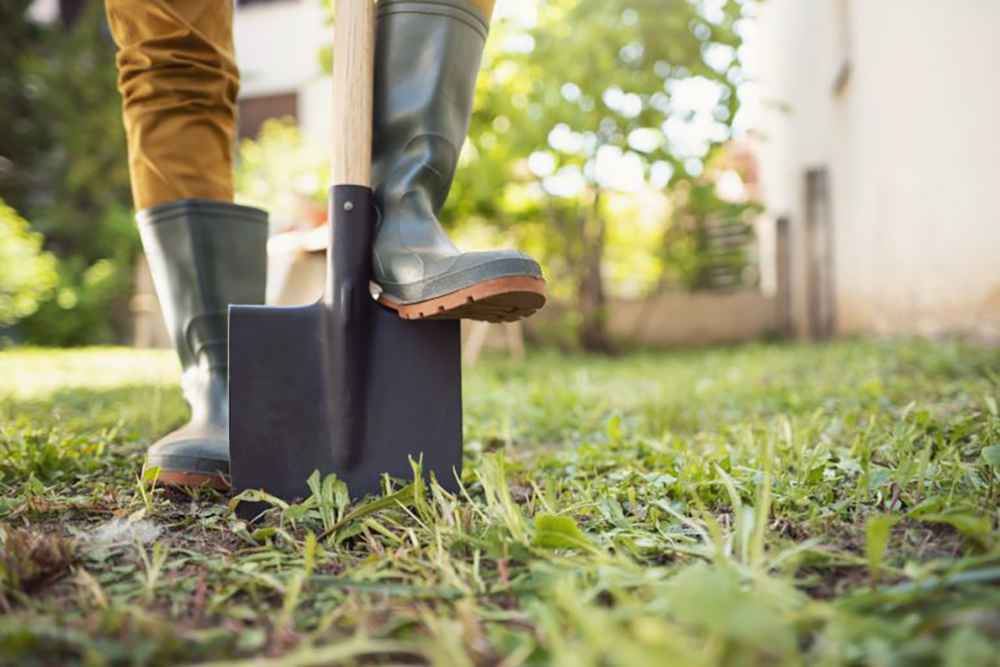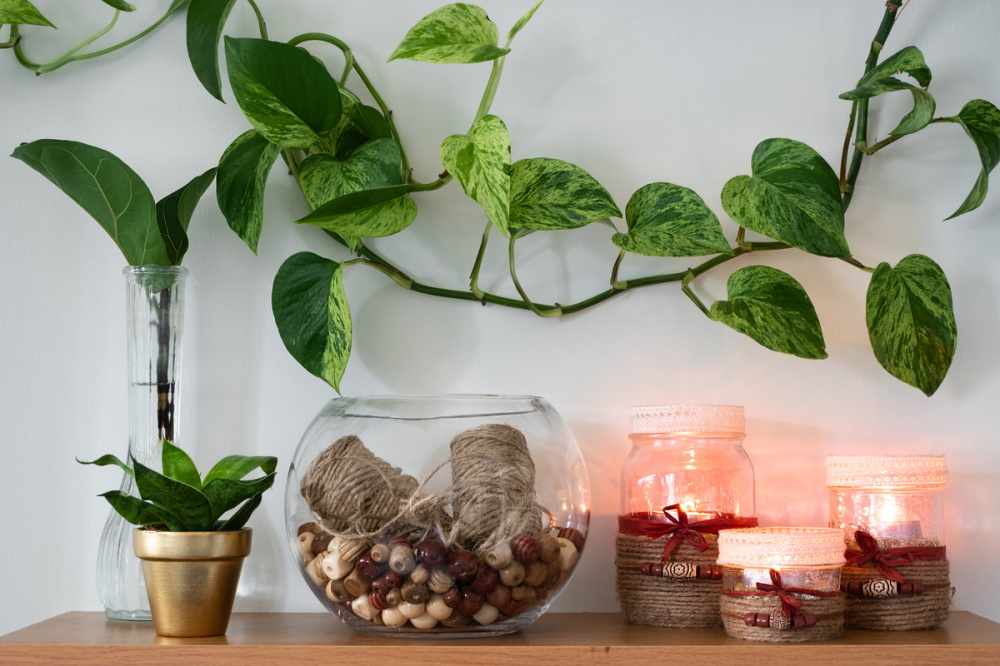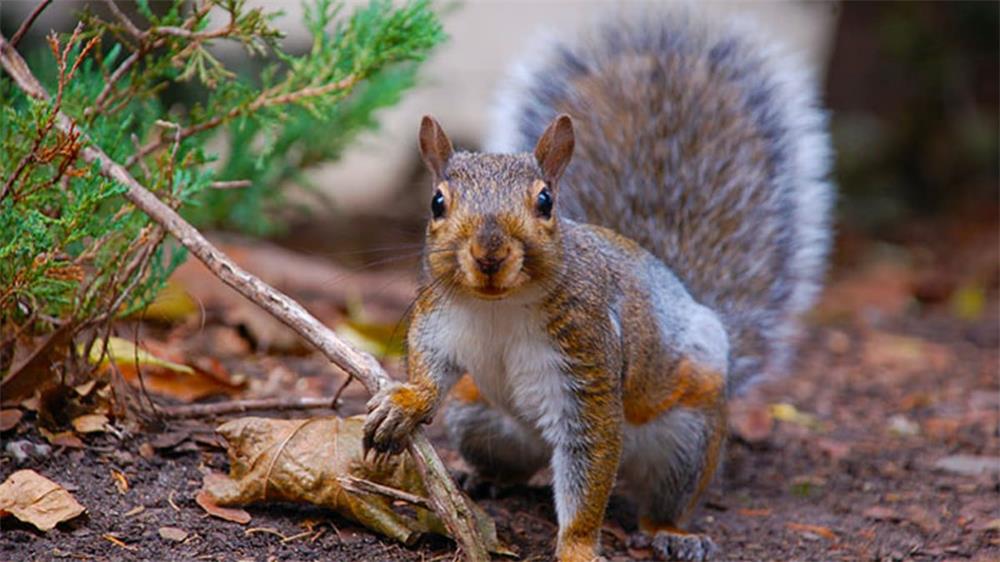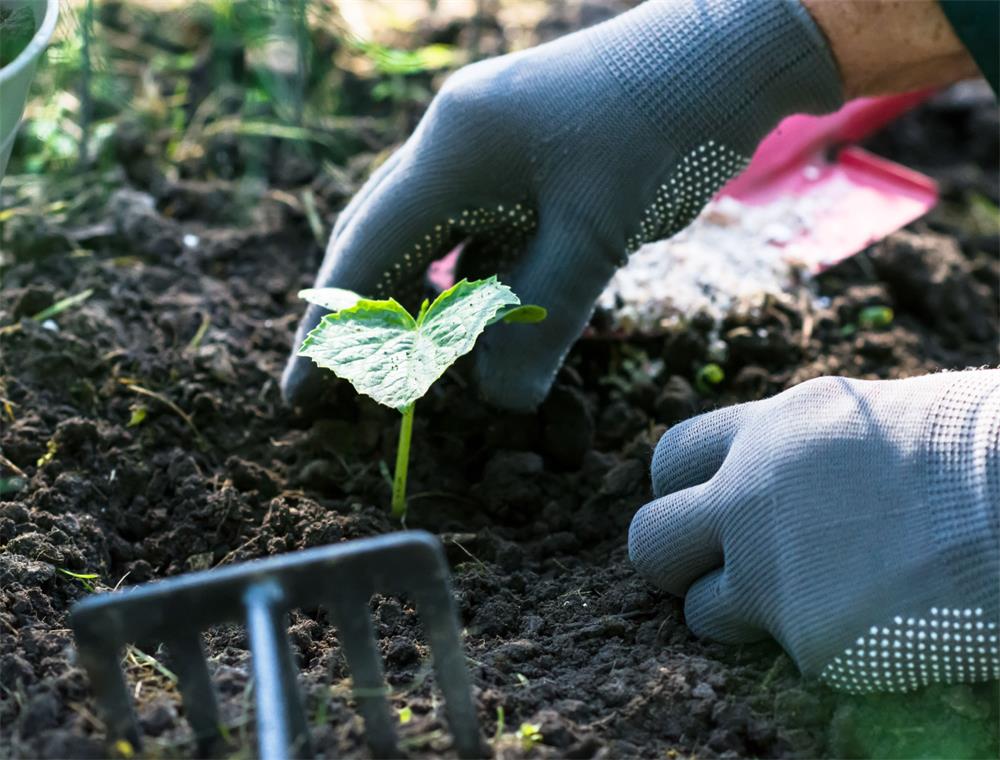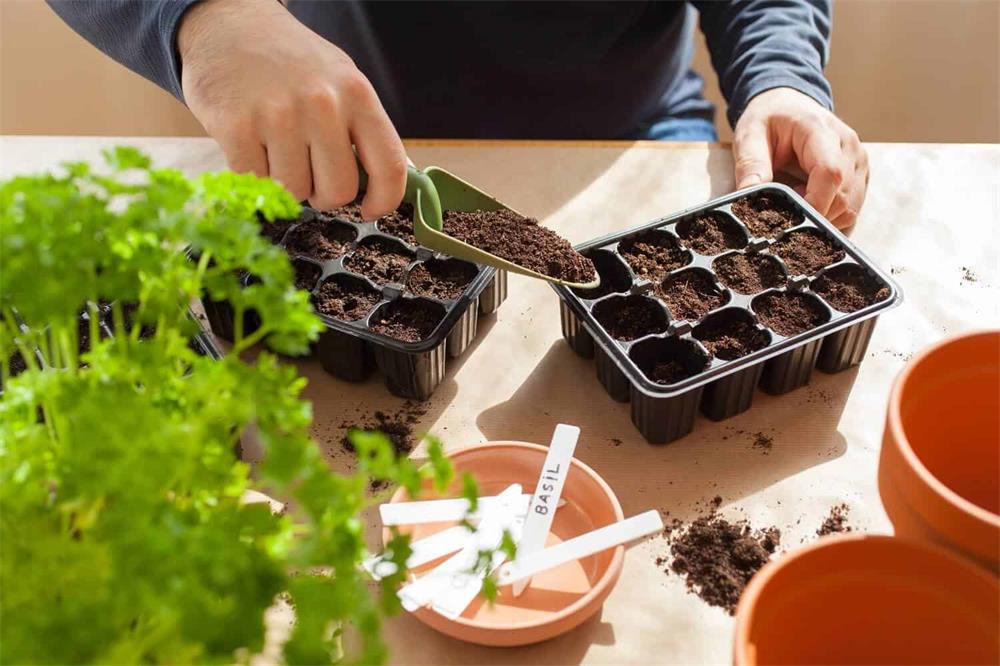
Table of Contents
Raised bed gardening is a popular way to grow vegetables, herbs, flowers, and other plants in your backyard or patio. Raised beds are simply gardening containers that are filled with soil and placed above ground level. They can be made of various materials, such as wood, stone, metal, or plastic, and they can have different shapes and sizes to suit your space and style.
There are many benefits of raised bed gardening, such as:
- Better soil quality: You can fill your raised beds with rich, organic soil that is ideal for your plants. You can also avoid soil compaction and erosion by not walking on the soil.
- Improved drainage: Raised beds allow excess water to drain away from the roots, preventing waterlogging and root rot. You can also control the moisture level by adding mulch or irrigation systems.
- Longer growing season: Raised beds warm up faster in spring and stay warmer in fall than the ground soil, extending your planting and harvesting time. You can also use row covers or cloches to protect your plants from frost or pests.
- Higher yields: Raised beds enable you to grow more plants in less space by using intensive planting methods and vertical supports. You can also reduce weed competition and pest damage by mulching and fencing your beds.
- Easier access: Raised beds bring your plants closer to you, making it easier to tend, harvest, and enjoy them. You can also reduce back strain and knee pain by choosing a suitable height for your beds.
How to Build a Raised Bed Garden
Building a raised bed garden is not difficult, but it does require some planning and preparation. Here are some steps to follow:
- Choose a location: Pick a spot that gets at least six hours of sun per day, has good drainage, and is convenient for watering and harvesting. Avoid areas that are shaded by trees or buildings, or that have underground pipes or wires.
- Choose a material: Select a durable and safe material for your raised bed frame. Wood is a common choice, but make sure it is untreated or naturally rot-resistant, such as cedar or redwood. Avoid using pressure-treated wood or railroad ties, as they may leach harmful chemicals into the soil. Other options include stone, brick, concrete blocks, metal, or plastic.
- Choose a size and shape: Decide how big and how high you want your raised bed to be. The width should be no more than four feet, so you can reach the center without stepping on the soil. The length can be as long as you like, but consider dividing it into sections for easier access. The height can vary from six inches to three feet, depending on your preference and mobility. The shape can be rectangular, square, circular, triangular, or any other design that fits your space.
- Prepare the site: Clear the area of any grass, weeds, rocks, or debris. Level the ground and mark the outline of your bed with stakes and string. If you want to prevent weeds or critters from invading your bed from below, you can lay down a layer of cardboard, newspaper, landscape fabric, or wire mesh at the bottom of your bed.
- Build the frame: Assemble your frame according to the instructions of your chosen material. Make sure it is sturdy and level. You can use nails, screws, brackets, or connectors to join the pieces together. You can also add corner posts or stakes to reinforce the structure.
- Fill the bed: Fill your bed with good-quality soil that is suitable for your plants. You can use a mix of topsoil, compost, manure, peat moss, vermiculite, perlite or other amendments to create loose,
fertile and well-drained soil. You can also add organic fertilizers or lime if needed. Fill the bed up to two inches below the top edge of the frame.
How to Plant and Care for a Raised Bed Garden
Planting and caring for a raised bed garden is similar to any other garden, but there are some tips and tricks to make it more successful:
- Plan your layout: Before planting, draw a map of your bed and decide what and where you want to plant. You can use companion planting, crop rotation, succession planting, or square-foot gardening methods to optimize your space and productivity.
- Plant your seeds or transplants: Follow the instructions on the seed packets or plant labels for spacing, depth, and timing. You can also use a ruler or a dibber to make sure you plant them at the right distance and depth. Water them well after planting and keep the soil moist until they germinate or establish.
- Water when soil is dry: Raised beds tend to dry out faster than in-ground beds, especially in hot and windy weather. Check the soil moisture regularly and water deeply when needed. You can use a soaker hose or a drip irrigation system to deliver water directly to the roots and avoid evaporation or runoff.
- Add a mulch layer: Mulch with straw, grass clippings, leaves, or wood chips after planting your garden. This will reduce the amount of weeding you’ll have to do and keep the soil moist and cool. Mulch also adds organic matter to the soil as it decomposes over time.
- Feed your plants: Raised beds have limited nutrients compared to in-ground beds, so you need to replenish them regularly. You can use organic fertilizers, such as compost tea, fish emulsion, or worm castings, to feed your plants every few weeks during the growing season. You can also add compost or manure to the soil at the end of each season or before planting a new crop.
- Watch for weeds: Weeds can compete with your plants for water, nutrients, and space, so you want to remove them as soon as you see them. Hand-pulling is the easiest and safest way to get rid of weeds in raised beds. You can also use a hoe or a cultivator to loosen the soil and uproot the weeds. Avoid using herbicides, as they may harm your plants or contaminate the soil.
- Go on pest patrol: Pests can damage or destroy your plants if left unchecked. You can prevent or control pests by using various methods, such as:
- Choosing resistant varieties of plants
- Rotating crops to break pest cycles
- Encouraging beneficial insects that prey on pests
- Using physical barriers, such as row covers, netting, or fencing
- Removing infected or infested plants promptly
- Applying organic pesticides, such as neem oil, insecticidal soap, or diatomaceous earth
With these tips and tricks, you can enjoy a bountiful harvest from your raised bed garden. Happy gardening!





